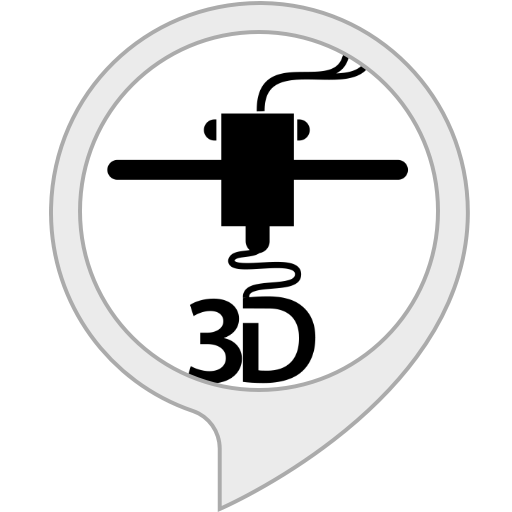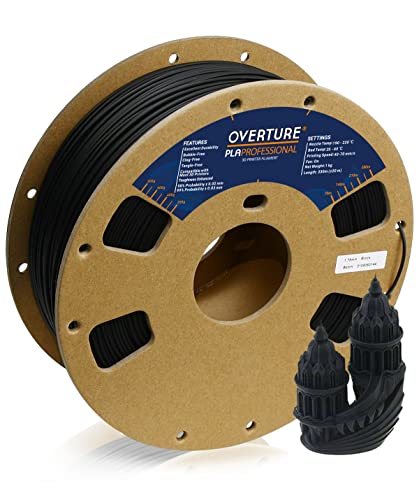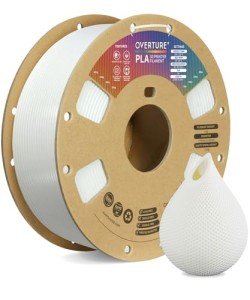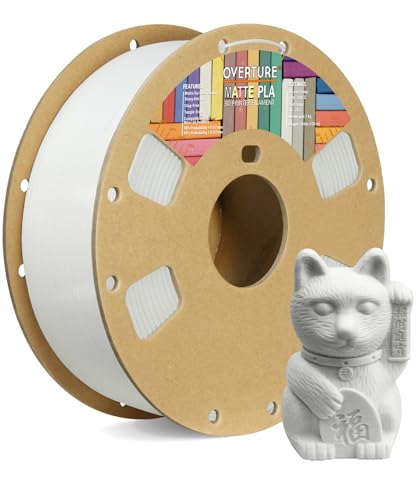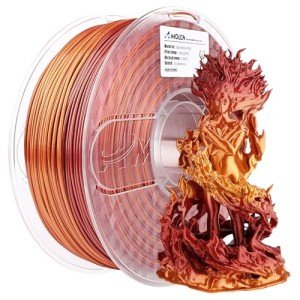The world of 3D printing has been expanding rapidly in recent years, with more and more people utilizing these innovative technologies for creating everything from prototypes to fully-functional products. One of the most critical components of the 3D printing process is the filament, without which 3D printing is simply impossible.
3D printing filaments are thermoplastic polymers that are fed into the printer to create an object layer by layer. These filaments come in different types and colors, allowing designers to create intricate designs and detailed products that can be used for a wide range of purposes.
While 3D printing filaments provide limitless possibilities for creativity and innovation, it's essential to understand the basics of filaments to ensure the best outcomes from your 3D printing projects. This article will explore the different types of 3D printing filaments, their properties, and their unique features to give you a better understanding of how to select the ideal filament for your needs.
Different Types of 3D Printing Filaments: A Comprehensive Guide
3D printing filaments are the materials used to create 3D models. They come in different types, each with its unique properties that determine the quality and outcome of your prints. In this comprehensive guide, we will delve into the different types of 3D printing filaments available in the market.
1. PLA Filament
PLA or Polylactic Acid filament is a popular type of 3D printing filament made from renewable resources like sugarcane or cornstarch. It is eco-friendly and biodegradable, making it an ideal option for sustainable 3D printing projects. PLA is easy to use and compatible with most 3D printers. It is available in a wide range of colors, making it perfect for creating intricate designs, figurines, and models.
2. ABS Filament
ABS or Acrylonitrile Butadiene Styrene filament is a popular choice for creating durable, impact-resistant 3D models. It is suitable for creating objects with intricate geometries and can withstand high temperatures. However, ABS filament can be challenging to work with, and the fumes it emits during printing can be harmful.
3. PET-G Filament
PET-G or Polyethylene Terephthalate Glycol filament is a strong, flexible, and transparent 3D printing filament. It is ideal for creating 3D models that require high levels of clarity and transparency, like bottles, containers, and light fixtures. PET-G filament is also resistant to heat, moisture, and chemicals, making it an ideal choice for outdoor applications.
4. Nylon Filament
Nylon filament is a high-strength, flexible, and durable 3D printing filament. It is ideal for creating functional parts, like gears, hinges, and mechanical components. Nylon filament can also withstand wear and tear, making it ideal for creating objects that require high levels of durability.
5. TPU Filament
TPU or Thermoplastic Polyurethane filament is a flexible, rubber-like 3D printing filament. It is ideal for creating objects that require high levels of flexibility, like phone cases, toys, and wearables. TPU filament is also easy to print with and comes in various colors.
In conclusion, the choice of 3D printing filament largely depends on the intended use of the object being printed. From PLA to TPU, there are different types of 3D printing filaments available, each with its unique properties and benefits. Understanding the different types of 3D printing filaments and their uses will help you make an informed decision when choosing a filament for your 3D printing project.
Choosing the Right 3D Printing Filament for Your Project: Tips and Considerations
With so many 3D printing filaments available on the market, it can be overwhelming to choose the right one for your project. Here are some tips and considerations to help you make the best decision:
1. Know your project requirements: Before choosing a filament, you need to consider the requirements of your project. Do you need a filament that is strong and durable or one that is flexible and lightweight? Does it need to withstand high temperatures or chemical exposure? Knowing your project requirements will help you narrow down your filament options. 2. Consider the material: Filaments come in different materials including PLA, ABS, PETG, Nylon, TPU, and others. Each material has its own unique properties and characteristics, so it's important to choose the right one for your project. PLA is great for beginners and is environmentally friendly, while ABS is more durable and can withstand higher temperatures. 3. Check the diameter and compatibility: Filaments come in different diameters (usually 1.75mm or 2.85mm) and not all filaments are compatible with all 3D printers. Make sure to check the specifications of your printer and choose the appropriate diameter and compatible filaments. 4. Consider the color: While color may not seem like a big concern, it can affect the quality of your print. Darker colors may require higher temperatures or slower printing speeds, while lighter colors may show imperfections more easily. Consider the color of your filament and how it may affect your final print. 5. Look for reviews and recommendations: Don't rely solely on the manufacturer's description of the filament. Look for reviews and recommendations from other 3D printing enthusiasts who have used the same filament. They can provide valuable insights and help you make an informed decision. 6. Test and experiment: Once you have chosen a filament, it's important to test and experiment with it. Print a few test models to see if the filament meets your project requirements and adjust your settings as needed.
In summary, choosing the right 3D printing filament for your project requires careful consideration of the project requirements, material, diameter, compatibility, color, and reviews. By following these tips and experimenting with different filaments, you can ensure a successful and high-quality 3D print.
Filament Facts
Learn everything you need to know about filament for your 3D printer with these insightful facts
Product information
Product Review Score
4.6 out of 5 stars
68 reviews
